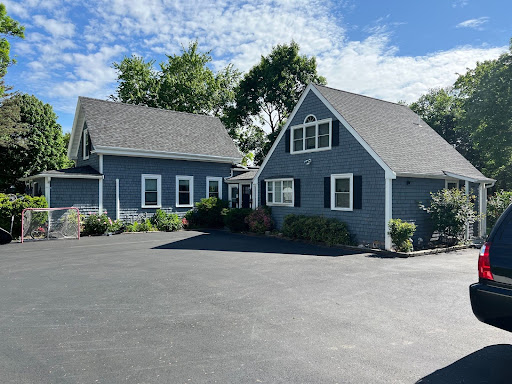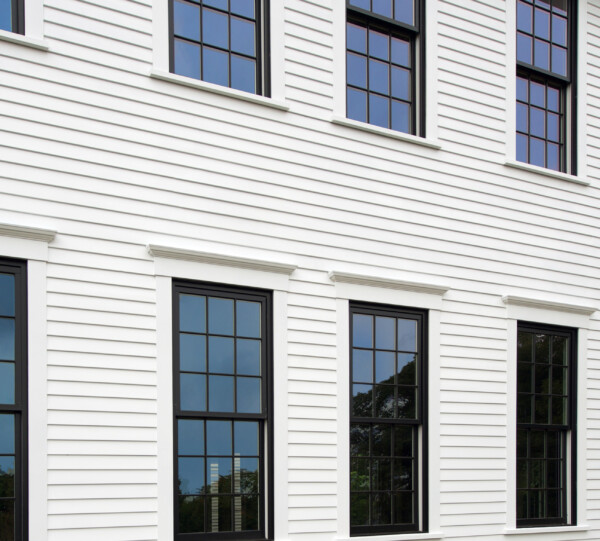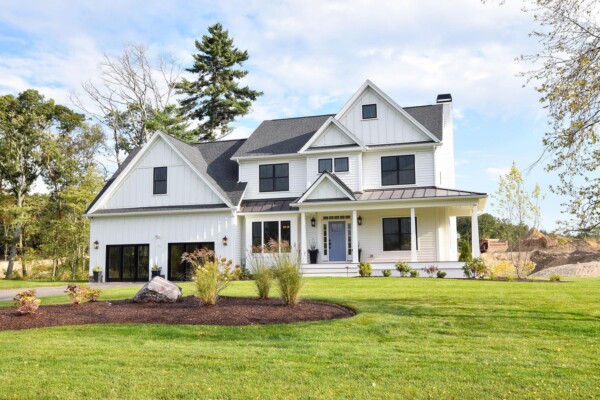This Article Will Discuss:

Are you worried about high energy bills this summer season? It’s no surprise, as energy bills are skyrocketing. In fact, Massachusetts and New Hampshire have some of the highest average energy bills in the country.
If you live in New England and you’re looking for summer home maintenance tips to improve your home’s exterior while maximizing performance, consider the following:
1.) Protect Your Vinyl Siding from Heavy Summer Rains and Moisture Damage
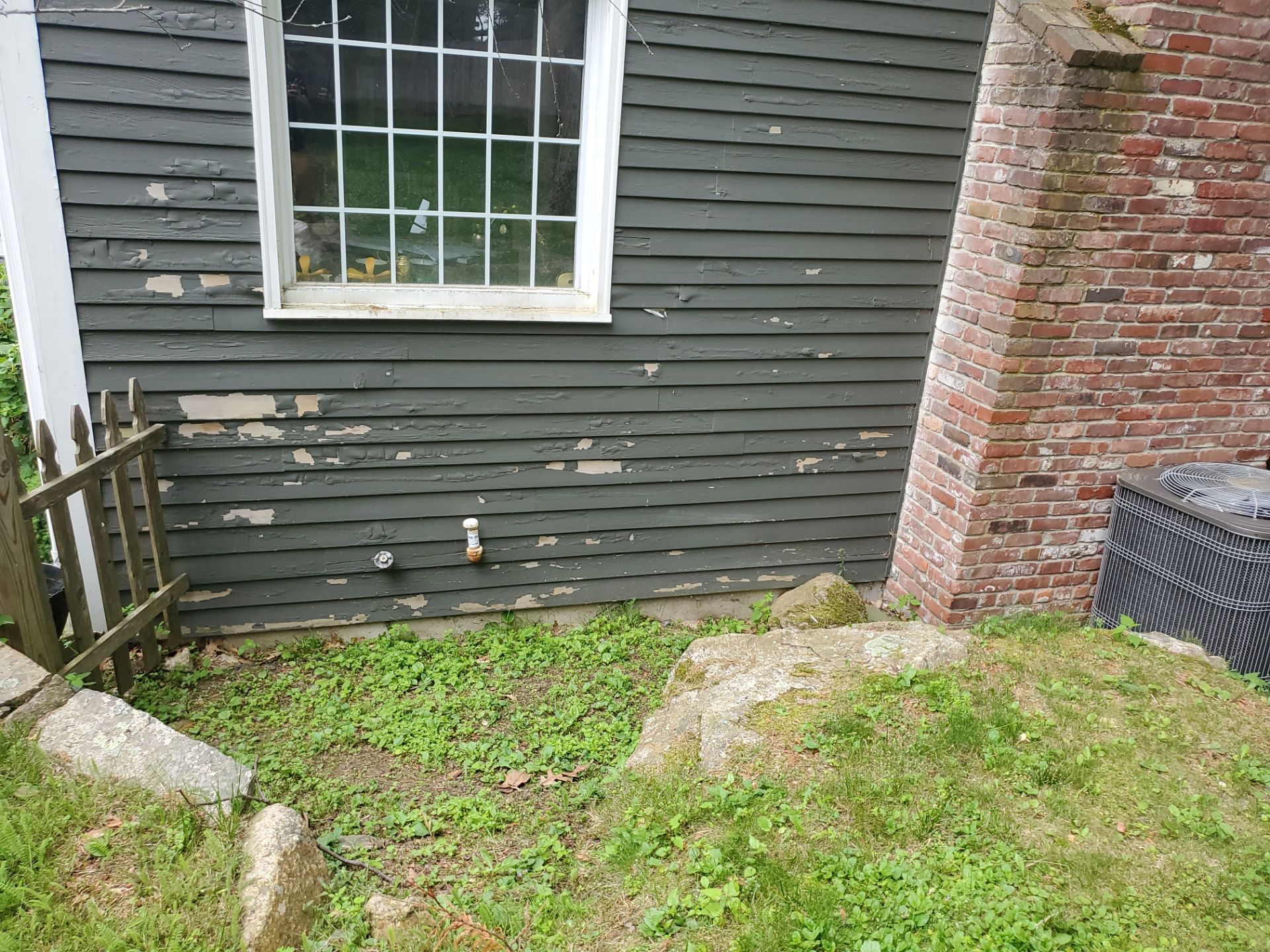
Vinyl siding is a critical component to keeping your home protected and dry during New England’s summer rains. Check your home’s siding for these signs of performance shortfalls.
- Loose siding is a sign that the installation is failing, making it easy for moisture to make its way behind the panels and lead to mold growth.
According to the United States Environmental Protection Agency, the best way to control mold growth is to control moisture. This means that you will need to make necessary repairs to siding panels that are not properly secured. If your home’s siding is rotting or old, replacement may be the best option for you. Choose a vinyl siding company (or a James Hardie® Elite Preferred Contractor) that offers professional installation, which decreases the chances of moisture destroying the interior or exterior of your home.
Other reasons that you’ll need to replace your siding this season includes:
- Termite damage and infestations. This is one of the most important summer home maintenance tips. Since vinyl siding is not an organic product, it does not serve as a food supply for termites.
- Cladding does not include housewrap, an essential moisture-proof barrier to keep your home protected against moisture damage. It also adds an element of defense from snow and ice during the winter months.
- High energy bills, which indicates that your home’s thermal envelope is not maintaining a comfortable indoor air temperature.
2.) Roofing: Safeguard Against Summer Leaks & Mold in the Attic
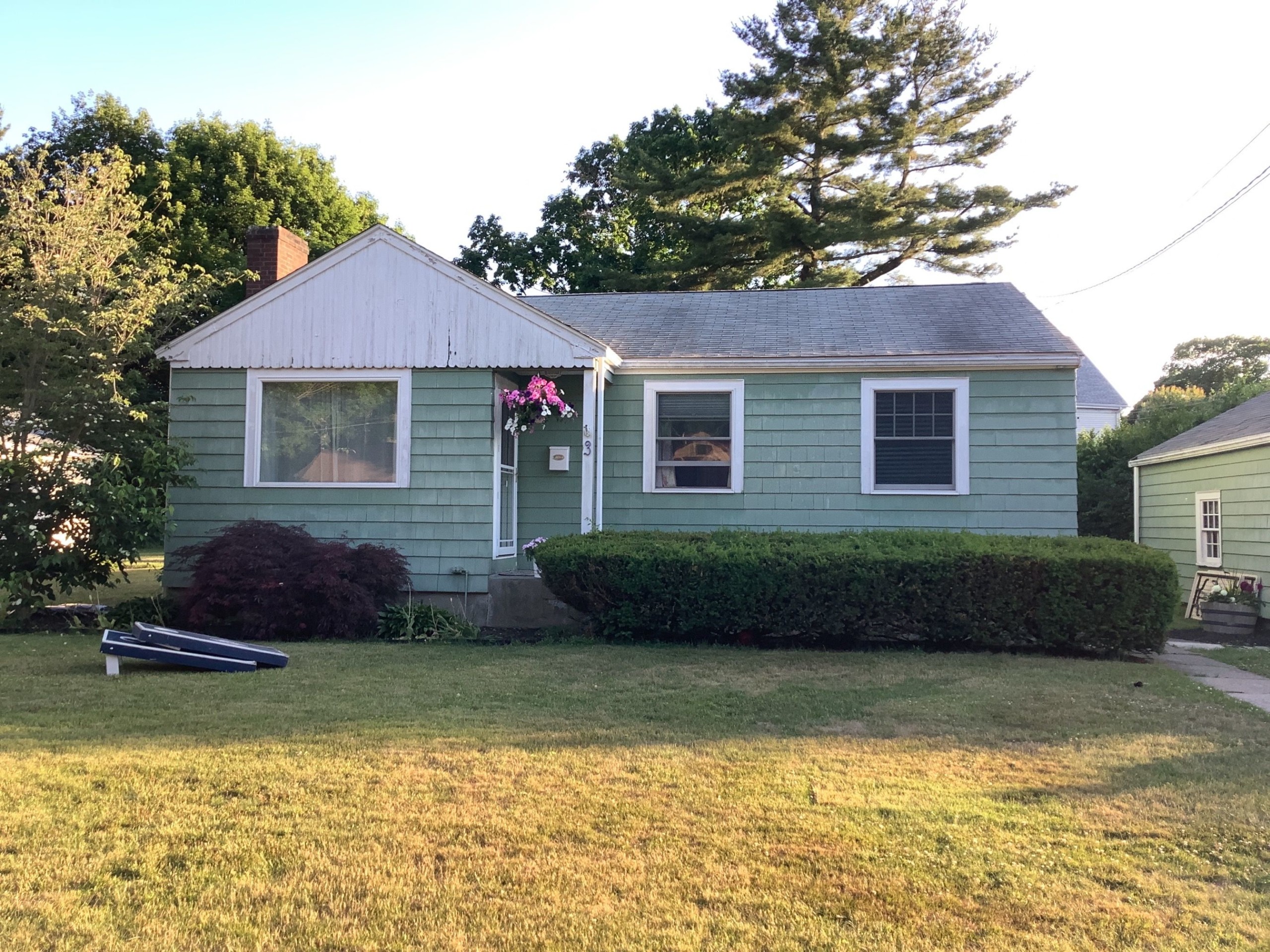
There are plenty of good reasons to replace your roof, but why is it so important to have a high-performance roof in the summer?
When your roof starts to fail during the summer season, you’ll start noticing problems such as:
- Your attic is cool While you want your home to feel cool in the summer, this isn’t the case for your attic. In fact, The US Department of Energy indicates that the temperature of your attic can vary by 50 degrees in the height of summer, depending on the roofing material that you choose.
- High energy bills. This is especially true when your roof is not properly ventilated
- Your attic is missing ventilation, especially in the ridge and soffit vents. Your home needs intake and outtake vents so it can properly breathe. This keeps air circulating through the attic space as it maintains a consistent temperature.
- Moisture buildup in the attic, and blackened wood or mildew growing on the rafters. This is a sign that your home’s ventilation needs improving.
- Rusted nails in your attic can also indicate that there is a moisture problem with your roof.
- Attic insulation is matted or flat. You may find that that moisture is making its way through your roof.
- Pooling water in eaves and valleys. This can cause a lot of problems in terms of leaks. A self-adhering underlayment protection system helps block out wind-driven rain during any season.
3.) Replacement Windows: Keep Your Home Cool While Lowering Energy Costs
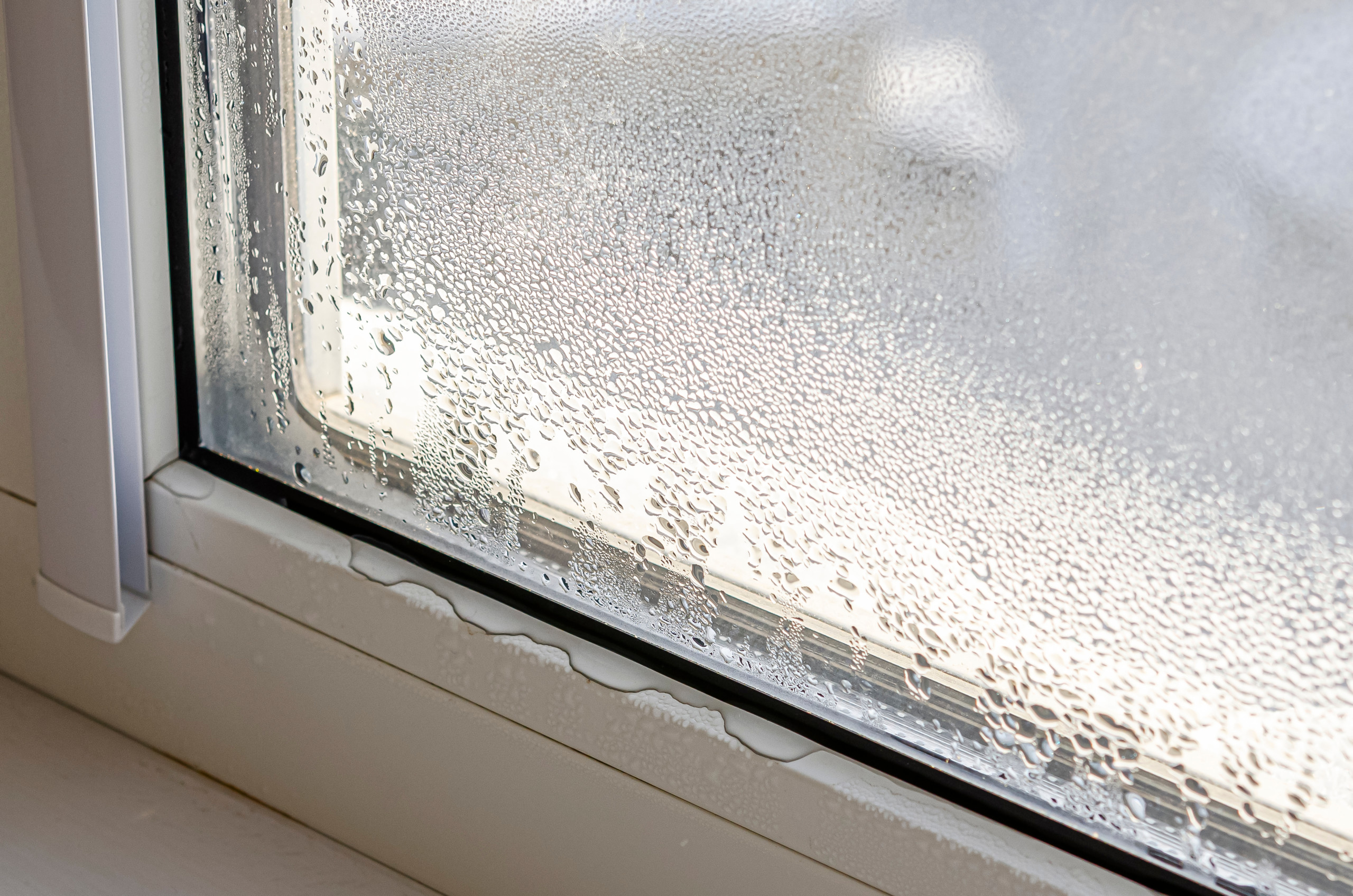
How do you know that your windows are ready for replacement?
These are some of the window maintenance tasks to consider, along with signs that it’s time to replace your old windows.
- Window frames are deteriorating Wood frames complement the coastal charm of New England homes, but when your old wood frames begin to crumble away or don’t pass the screwdriver test, it’s time to upgrade to vinyl windows.
- Energy bills are skyrocketing. As summer approaches and temperatures rise, escalating energy bills are a common sign that it’s time for new window installation.
- Drafty windows are inefficient windows. Choose new windows with excellent air infiltration ratings, such as windows with a .01CFM of air leakage per minute.
- Foggy glass panes that won’t wipe away. This is a sign of seal failure in the window, which also means that the windows are not properly insulating your home.
4.) Summer Maintenance for Entry Doors
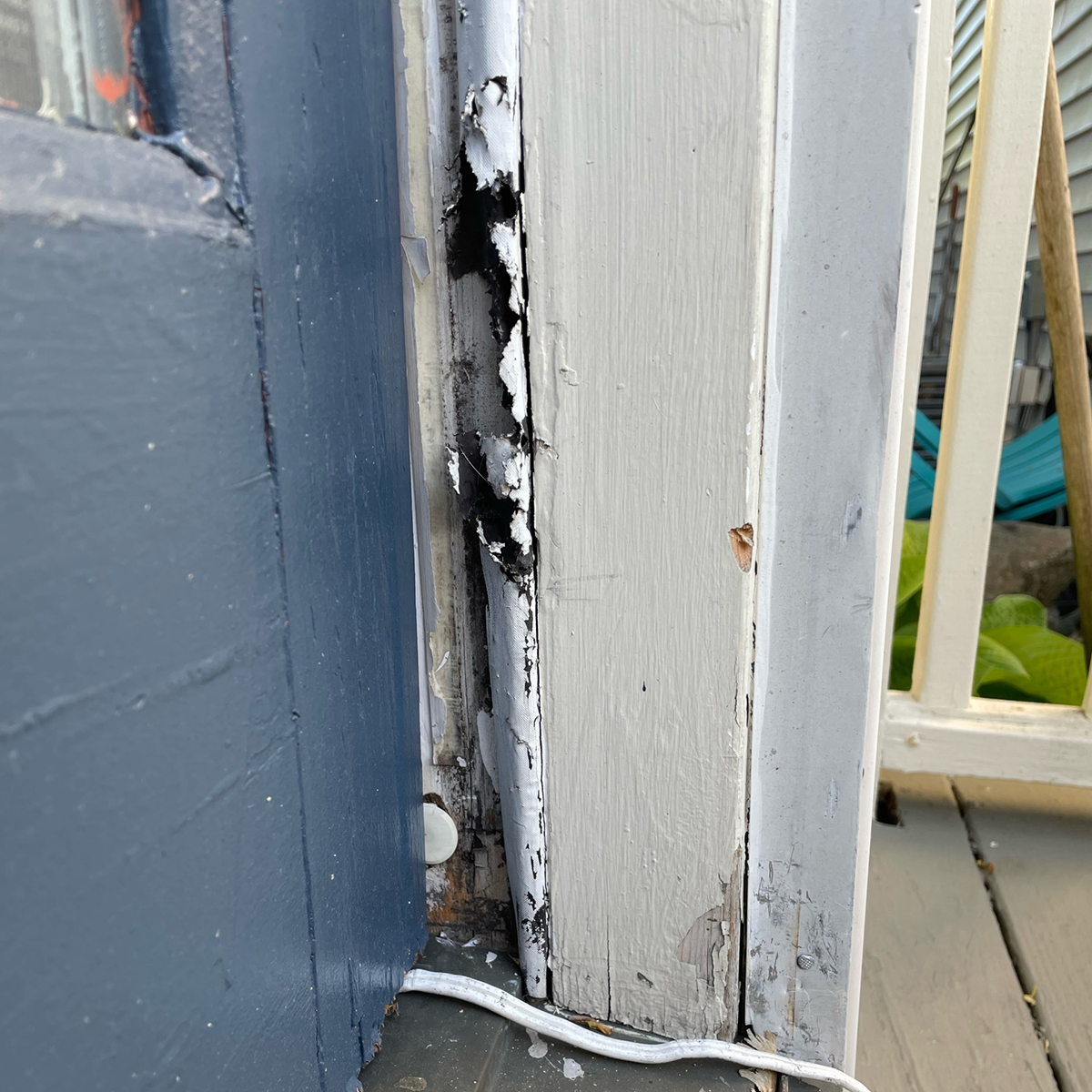
An entry door is one of the most important components of maximizing your home’s thermal envelope. Popular entry door materials today include steel, fiberglass, and wood.
Wood entry doors are a common statement piece in a home’s curb appeal here in New England. Wood is a natural conductor, but it is not necessarily the most practical material for New England’s climate. Wood entry doors can begin showing signs of serious damage and performance issues early on if they’re not maintained.
Consider these summer home maintenance tips for entry doors:
- Squeaky, Creaky Hinges: This is a sign that the hinges are wearing down, which is something that WD-40 and elbow grease won’t be able to fix. Failing hinges can make forced entry easier, which compromises the security of your home.
- Drafts Around the Door: A drafty door can make the home just as uncomfortable as drafty windows. When weatherstripping wears down, unwanted drafts can easily come through the cracks and crevices of the door, and even the surrounding frames. You can usually feel large drafts around the door with your hand, or by simply standing near it on a windy day. You likely won’t notice drafty doors as much during the summer, but if drafts were an issue in the winter, you’ll need to consider this when it comes to overall performance.
- Your Door Does Not Properly Lock: This poses a security risk, as well as issues with performance, making the door unable to properly seal against the weather.
- Rising Energy Bills: Energy costs typically rise during the summer, but when your energy bills keep going up without explanation, your old entry door might be contributing to the problem by allowing energy to escape.
- Troublesome Cosmetic Issues: While a crack in the door might seem like a cosmetic issue, the truth is that cracks provide an entry point for pests and drafts. It also leads to wood rot and downgrades the structural integrity of the door.
- Wood Entry Doors are Subject to Summer Rot: Moisture and wood are perhaps one of the worst combinations in New England. Once the summer moisture settles on your door, the wood will begin to deteriorate. Although many of today’s wood entry doors are treated to resist moisture damage, you must maintain this treatment in order to experience lasting results.
Do Storm Doors Provide Protection?
A storm door can help protect your wood entry door from the elements, however, you shouldn’t need an additional door to shield your existing entry door from the weather. Not to mention, if you install a storm door over a south-facing door, heat will be trapped inside, which may eventually ruin a wood entry door. An alternative is to install a fiberglass door that is engineered to resist New England’s variable climate.
Serving New England for over 10 years, Coastal Windows & Exteriors provides New England homeowners with quality exterior home improvement services, including replacement windows, roofing, siding, and entry door installation. Our products are carefully crafted with weather-resistant materials, engineered to protect your home through every season. We are a woman-owned, family-run company dedicated to educating New England homeowners on the importance of exterior maintenance. Contact us today for a free inspection and estimate on your next home improvement project.


